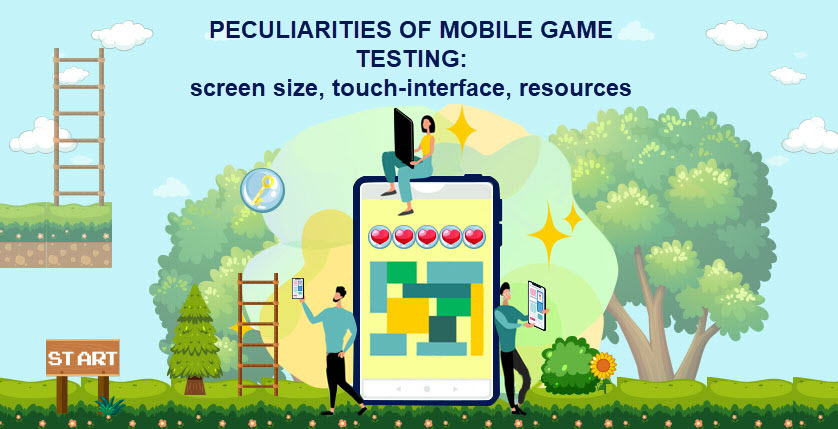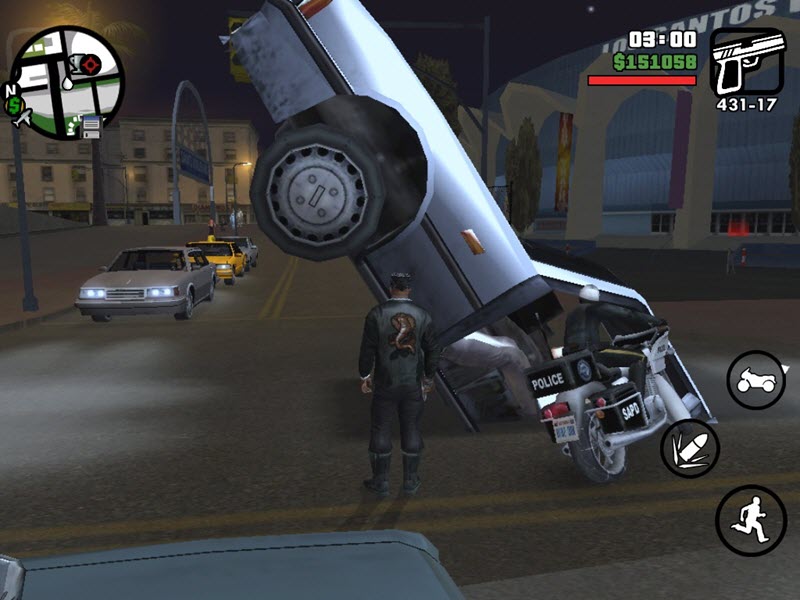For an ordinary user, a video game is a final application that gives him certain gameplay. However, what does a video game mean to a developer?
For a videogame developer, it is a time-consuming process full of inaccuracies that can constantly change throughout the development process. In Jason Schreier's book «Blood, Sweat and Pixels », several points can be identified that lead to uneven development:
- The interactive nature of games leads developers to the desire to perfectly develop all the details of the game, which in turn takes more of the already limited resources;
- Technical progress always brings to the development process both positive aspects (new tools, simplification of existing capabilities) and negative aspects (complication of the optimization process, defects due to incompleteness or conflicts of new functions);
- The quality of the game can only be assessed by playing it, which in turn prevents creating an accurate plan of action.
Mobile game
What is the main difference between a mobile game and a regular video game? To give a comprehensive answer to this question, you need to decompose the game into the following parts:
- Gameplay
- Control
- Graphics
- Productivity/Performance
Since the mobile platform is limited in resources, it is impossible to ideally cover all four points. When creating complex modern graphics in a mobile game, performance is compromised, while diligently working on detailed gameplay can lead to control issues. Ignoring these features runs the risk of creating a player-unfriendly product.
In general, a mobile game offers significantly fewer opportunities for a team than a project on a PC, which in turn complicates the development process.
Genres and mechanics
Conventionally, the conflict of four points created a certain genre and sub-genre palette. The following genres of mobile games can be named:
- Platformers
- Shooters
- Races
- Adventure
- RPG
- Arcades
- Board Games
- Match 3
- Hidden Object
Accordingly, there are special mechanics that can be used in mobile games:
- Touch/Swipe/Multi-Touch – basic control mechanics on mobile devices that lead to similar simple mechanics from the PC industry (click, drag and drop). More often, these mechanics are found in board games, some adapted RPGs, arcades, Match 3 and Hidden object.
- Virtual Gamepads – These control mechanics are very different from the mechanics of a regular gamepad that you can familiarize yourself with on consoles or PC. Since it is created from separate active elements, with a huge probability the mechanic can conflict with other elements of the interface. In addition, in most implementations, virtual gamepads have extensive customization, which can only increase the risks of creating a defect. This mechanic is universal and can be applied in such genres as RPG, Adventure, Arcade, Racing, Platformers.
- Mechanics based on gyroscopic sensors. Implementations can be both the usual auto-rotate, which affects the location of interface elements, and a full-fledged aiming assistance mechanic in some shooters.
Features of mobile game testing
Unlike their PC relatives, mobile devices have certain conventions that can influence the quality of the final product in a small or large volume.
The first feature of mobile platforms is the screen size.
Nowadays, there are a huge number of mobile devices with unique screen sizes. If the conventional texture of the model in the game on a device with a small screen of HD resolution will be displayed quite well, then on a large screen of a conventional tablet with FHD resolution, the texture may look mediocre.
This can also include the adaptation of the interface, since most elements are placed with pixel precision, as a result, there is a possibility that on some device objects will be overlapped due to a different resolution.
And after an innovative step from Apple, there are also unique cutouts on the screens, due to which certain elements of the interface can become inaccessible and blocked.










